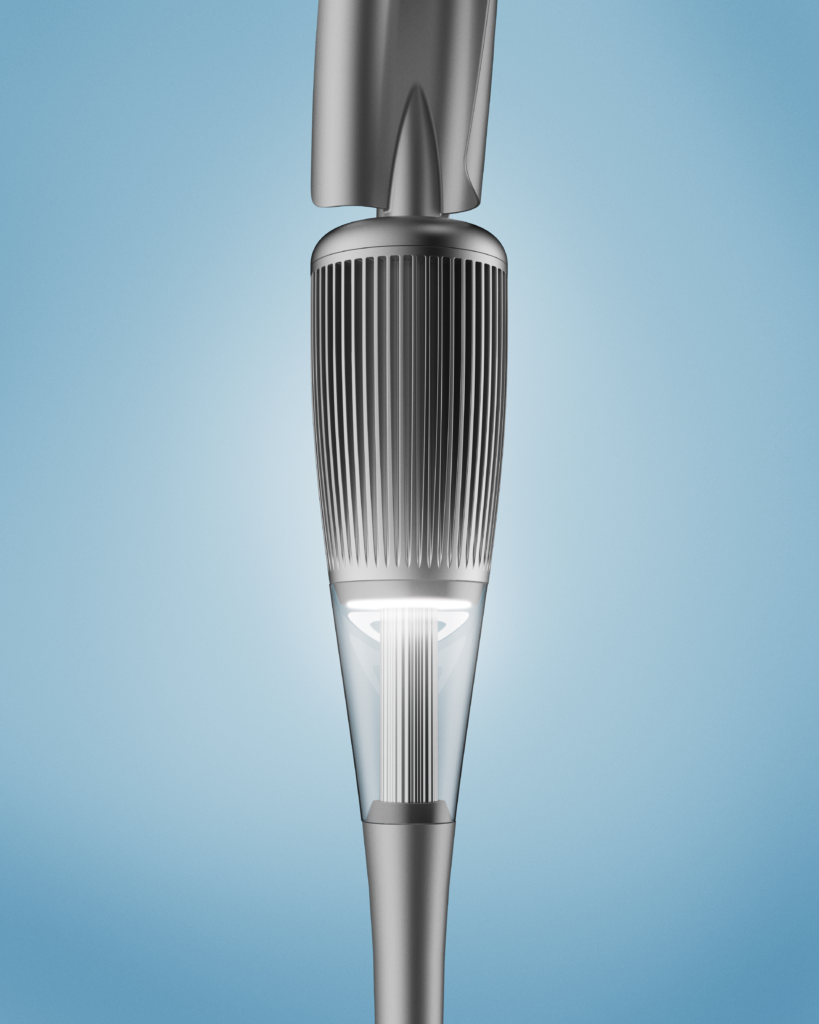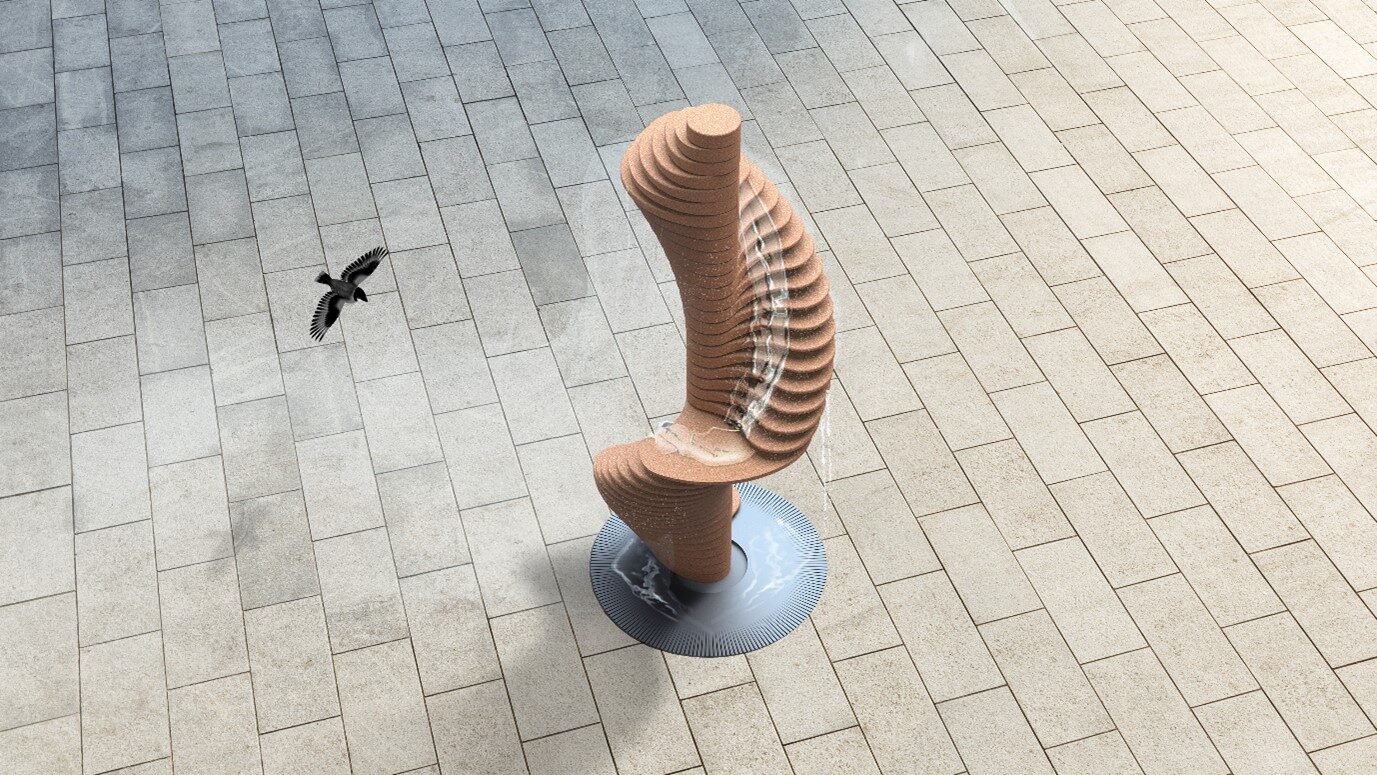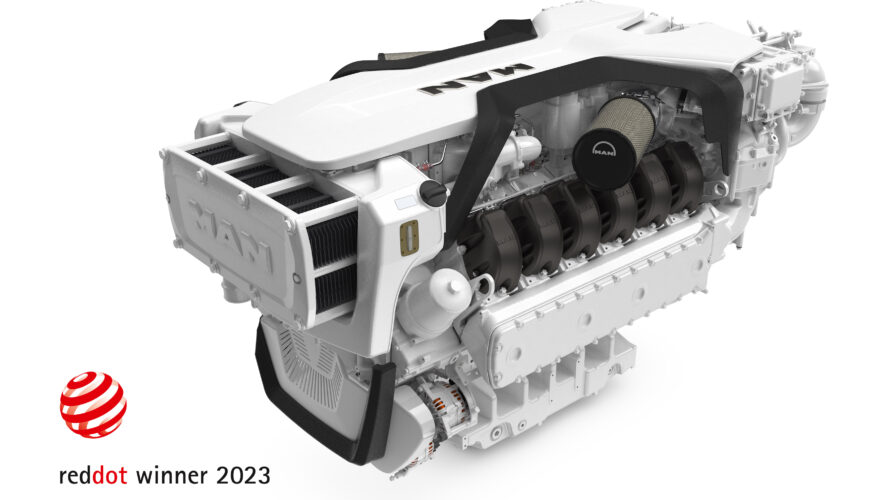Our Why: Why is biodiversity protection so important in Munich?
Munich is considered a biological hotspot. As early as 2018, the Süddeutsche Zeitung attributed Munich an animal paradise status with billions of animals. No wonder, considering the ever-increasing use of agricultural land, which allows animals to find more food in the city than on the surrounding farmland. The city also offers protection from predators and plenty of shelter. However, increasing urbanization and the sealing of surfaces are threatening this diversity and increasing the distress of urban animals.
Our How: Design with a future-mindset
Shaping our cities requires a deeper understanding of developing trends and future challenges. Strategic Foresight enables us to anticipate potential developments and react at an early stage. The protection of biodiversity and the integration of natural systems play a decisive role here. Cities of the future must not only be efficient and sustainable, but also interact harmoniously with the surrounding nature. The need to create living space conflicts with the preservation of habitats for animals. However, nature itself offers proven solutions that can benefit everyone. An urban fountain of the future must not only be aesthetically pleasing, but also serve as a water supply for people, animals, and insects. Visual gimmicks become a functional supply fountain.
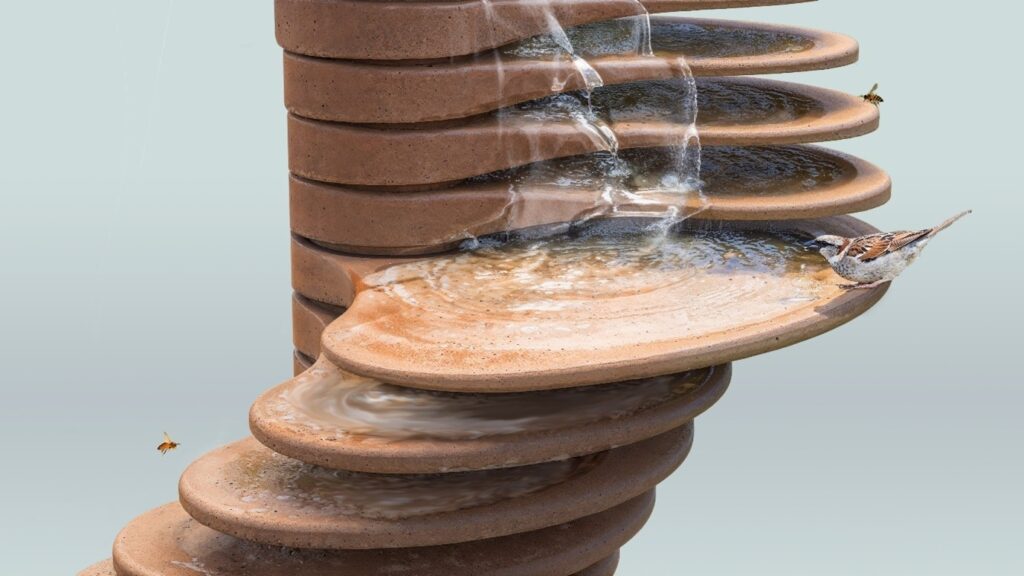
Our Method: Speculative Design Thinking
Speculative design thinking encourages an exploratory approach and the ability to think outside the box and explore alternative realities. It encourages questioning assumptions and breaking away from traditional ways of thinking. This method focuses on designing solutions for potential future scenarios. By looking at possible developments and trends, it helps to prepare for change at an early stage and generate innovative ideas.
Speculative design thinking allowed our designers to let their imagination run wild and explore abstract or unconventional concepts. This led to surprising and original solutions. By developing future scenarios, potential challenges and problems could also be identified and addressed at an early stage.
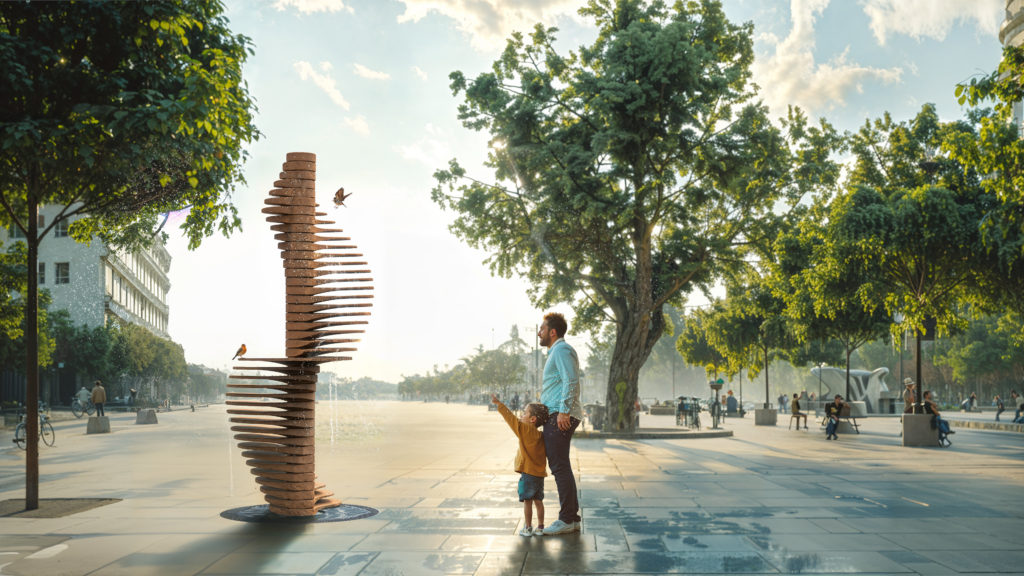
Our Outcome: A city fountain of the future
The newly designed city fountain of the future is therefore intended to provide effective cooling for human and animal inhabitants of the city of Munich – where it is most urgently needed due to heavy surface sealing. The high surface of the fountain utilizes the effect of transpiration and creates a kind of low-tech air-conditioning system, following the example of trees. The many steps also collect water at a shallow depth and are therefore easily accessible to animals of all shapes and sizes.
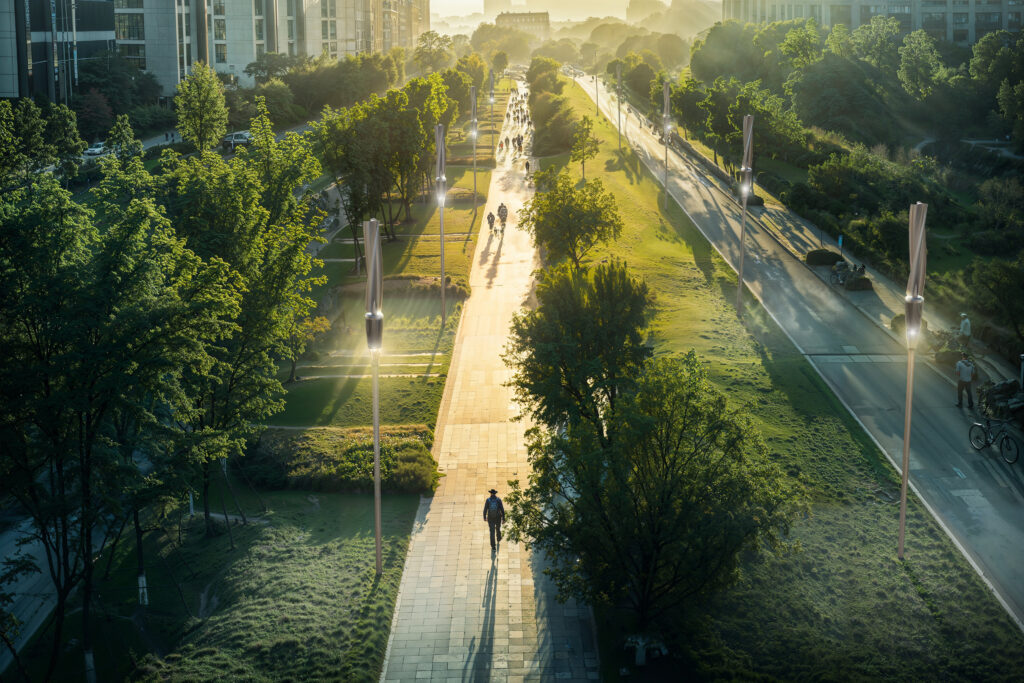
Green corridors as an opportunity for people and animals in an increasingly dense urban environment
The design of our cities must evolve to bring people and nature into harmony. By being guided by nature-inspired design concepts and incorporating Strategic Foresight, we can create a more sustainable and harmonious future.
As the city becomes increasingly dense and sprawling, so-called “green corridors” are becoming more and more important for biological exchange. These are green spaces that, like green belts, connect parks and other vegetative areas to form a large network. Such corridors are also important wind tunnels for a densifying city and also offer an attractive opportunity for bicycle traffic. This symbiotic and multifunctional perspective also creates new requirements for shared living spaces.
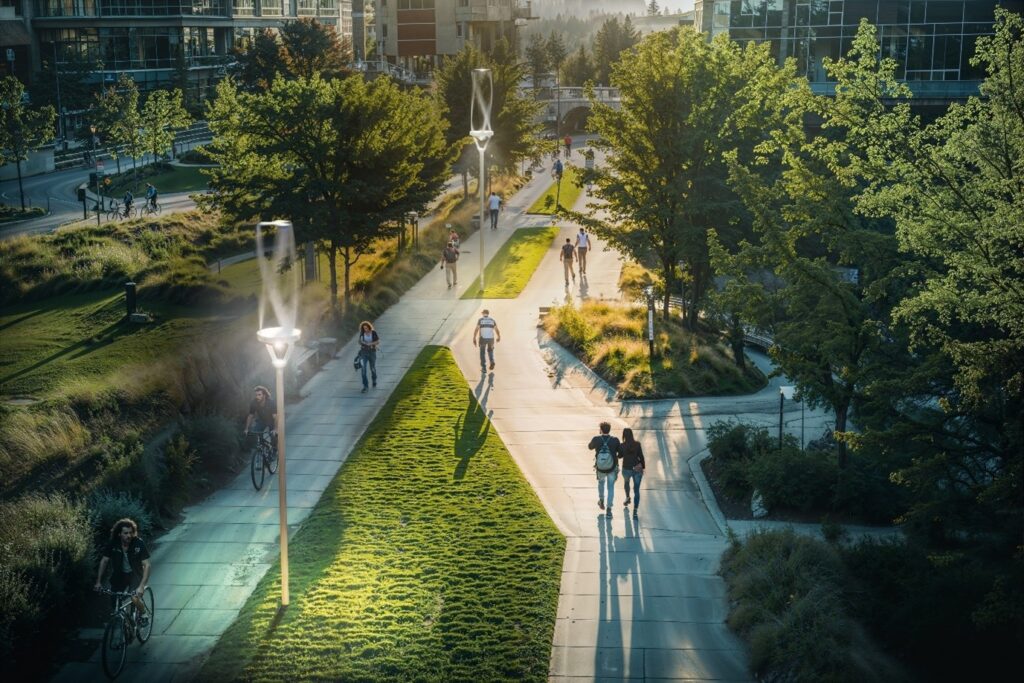
Let there be light – but only when needed, please
Intelligent street lighting systems are equipped with various sensors that can record environmental data such as brightness, movement, and ambient temperature. These sensors enable the system to automatically adjust the lighting to determine the actual demand. Connectivity also plays a role here: the streetlights are often networked and can communicate with each other wirelessly. This enables centralized control and monitoring of the entire lighting network. The lighting can be individually adjusted based on the data collected by the sensors. For example, lighting can be more intense on busy roads during the night, while it is dimmed in less frequented areas to provide a safe terrain for animals.
In our concept, the adaptive, intelligent street lighting in green corridors is driven by wind. It only switches on fully when walkers or cyclists approach, and dims down otherwise. This reduces light pollution, takes special account of nocturnal animal species, and saves energy.
The design of our cities must evolve to bring people and nature into harmony. By being guided by nature-inspired design concepts, we can create a more sustainable and liveable future.
